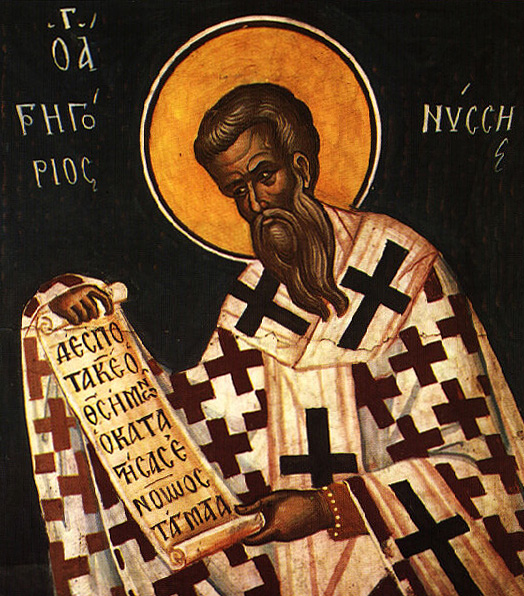The Second Ecumenical Council
Emperor Theodosius the Great came to the imperial throne of the eastern part of the Roman Empire in 379. A strong supporter of the Nicene Faith, he wanted to help the Church finally put an end to the various forms of Arianism which had cropped up since the Council of Nicea. He also understood that Macedonianism and Apollinarianism had to be addressed. In 381 he called a Church council in Constantinople which would come to be known as the Second Ecumenical Council.
This council condemned all forms of Arianizing doctrines by reaffirming the doctrinal statement, or creed, which had been proclaimed at the Nicene Council. It also condemned Macedonianism, and proclaimed the divinity of the Holy Spirit in a paragraph added to the Creed of Nicea. It is this Creed, the combined work of the first two Ecumenical Councils, which Orthodox Christians we recite at baptismal services and the Divine Liturgy. Also known as the Symbol of Faith, it is the most important Christian creed ever written. This council also condemned the teachings of Apollinaris.
The canons adopted at this council reaffirmed the fundamental principle of Church organization—that each region is self-governing:
The bishops are not to go beyond their dioceses to churches lying outside of their bounds, nor bring confusion on the churches. But let the Bishop of Alexandria, according to the canons, alone administer the affairs of Egypt. And let the bishops of the East manage the East alone, with the privileges of the Church in Antioch, which are mentioned in the canons of Nicea, being preserved. And let the bishops of the Asian Diocese [i.e., western Asia Minor] administer the Asian affairs only; and the Pontic bishops [in northcentral Asia Minor] only Pontic matters; and the Thracian bishops [in Thrace; directly west of Constantinople] only Thracian affairs. . . . it is evident that the synod of every province will administer the affairs of that particular province, as was decreed at Nicea (Canon 2).
Canon 3 from this council is also significant:
The Bishop of Constantinople, however, shall have the prerogative of honor after the Bishop of Rome, because Constantinople is New Rome.
This canon affirmed that the Church in Constantinople, the new imperial capital called “New Rome,” would naturally assume leading importance, though the Church in Old Rome would retain its traditional position as “first among equals.”

At this time the bishop of Old Rome was Pope Damasus (r. 366–384), who was intent on extending the power of his see as much as possible. He rejected this canon, despite its assurance that Old Rome still had “the prerogative of honor.” This is a clear sign of a growing difference in basic understanding of the Church between East and West, which will be a major cause of the Great Schism of 1054.
Saint Gregory the Theologian, Saint Gregory of Nyssa—the other of the three great Cappadocian Fathers, along with his older brother, Saint Basil the Great—and Saint Meletios, Bishop of Antioch, were leaders at the Second Ecumenical Council.
